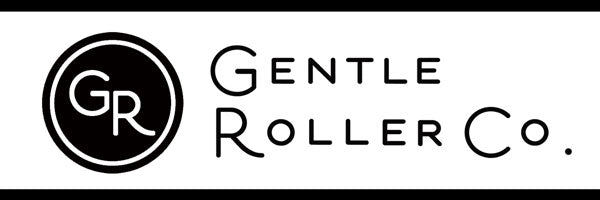What is Felt
If you’ve reached The Gentle Roller website, it's likely you’ll already know what felt is – and we're not referring to industrial felt but ‘artisan felt’.
But if you are just browsing and would like an introduction the term felting refers to taking animal fibres and working them through a process of adding water, soap and agitation to convert it into a tightly cohesive fabric. The fibres are most often sheep wool but also alpaca, mohair, angora, camel, yak and some other furs. These fibres have a barbed or scaled surface texture. More or larger fibres felt best (sheep wool) while fewer or smaller barbs are more difficult (mohair).
Animal fibres will felt: plant and man-made fibres do not (although they can be incorporated into a felted item).
If you are making nuno felt ie merging wool or other fibres onto a carrier fabric (silk/cotton), you need to get the fibres to migrate through the fabric. Felting is NOT reversible.
The goal of good felt making is to control the agitation to create a consistent and even felt.
There are a wide variety of felts to suit a wide variety of applications. “Industrial” felt is employed in applications such as sound deadening in cars, whereas “artisan” felt is highly sought after by the fashion industry.
Artisan felt is typically made by placing the required wool and or other materials onto a flexible sheet of plastic film (or other suitable material). The materials are laid out by hand to form a desired aesthetic. There are several methods for rolling felt but the Gentle Roller felt rolling machine uses the method where once the material and design has been artistically laid out, it is wetted down and then overlaid by a further sheet of plastic film. This sandwich construction is then wrapped about a suitable carrier (in our case the drive roller) and then secured in place on the roller. Elastic band or other suitable restraint are usually quite functional.
Without the aid of a rolling machine, the wrapped bundle is then rolled on a tabletop to agitate the material.
From time to time the artisan will inspect the material wrapped about the roller, and potentially vary the amount and location of the pressure that they apply there to achieve the desired degree of felting in the desired locations, e.g. to achieve uniform felting.
Selecting and laying out the material is skillful and rewarding, whereas the rolling is hard work. By way of example, producing an item featuring superfine merino and silk fibres, and silk carrier, can entail up to 6,000 full rotation rolls of the roller. Larger items require more rolling. Producing a coat formed of artisan felt can entail in excess of 40,000 rolls. Whilst the production of artisan felt is a rewarding craft that produces beautiful results, many artisans give the craft away simply because the rolling becomes too hard for them. Accordingly, attempts have been made to automate the rolling process. These machines are typically industrial, expensive, not pleasing to the eye, do not give the user control over the process and don’t replicate the hand crafted felt process.
The Gentle Roller wet felting machine has been designed to overcome all the shortcomings of earlier machines and reduce the back-aching work of manual rolling and give the felt maker time to concentrate on the important aspects of their craft.
The Gentle Roller wet felting machine truly is the felt makers friend.


